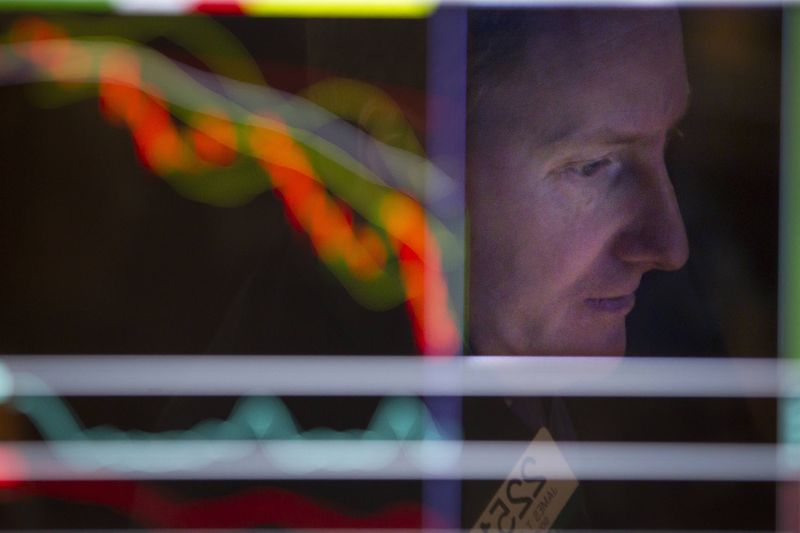Quiver Quantitative - The U.S. Treasury (TLT) market faced increased pressure as both bond yields rose and equities fell for a fifth consecutive session, marking the longest streak of declines since October. This sell-off in bonds, particularly noticeable with the two-year yields nearing 5%, is attributed to a combination of solid economic data and comments from Federal Reserve officials suggesting that interest rate cuts might be delayed. The S&P 500, dragged down mainly by the technology sector, fell to approximately 5,010, reflecting broader market uncertainties. Among notable movers, Taiwan Semiconductor (TSM) adjusted its expectations for chip market growth, adding to the cautious market sentiment.
Federal Reserve officials, including New York Fed President John Williams and Atlanta Fed President Raphael Bostic, have played pivotal roles in shaping market expectations through their public comments. Williams noted that while interest rate hikes are not a baseline expectation, they remain on the table if necessary, adding to investor unease. Meanwhile, Bostic reaffirmed his stance on maintaining current interest rates until potentially the end of the year. These statements contribute to the market's recalibration of the timing and extent of future rate cuts, influencing both equity and bond markets.
Market Overview: -Treasuries extended their selloff as hawkish Fed commentary reinforced expectations of prolonged high interest rates. -Equities dropped for a fifth consecutive session, with technology leading the decline.
Key Points: -Solid economic data and hawkish remarks from Fed officials like John Williams and Raphael Bostic fueled the Treasury sell-off. -The 10-year yield climbed to 4.64%, and the S&P 500 (SPY (NYSE:SPY)) fell to 5,010. -Market expectations for Fed rate cuts in 2024 dwindled further, with JPMorgan (NYSE:JPM) (JPM) even suggesting no cuts this year.
Looking Ahead: -Inflation concerns remain paramount, with investors bracing for a "higher for longer" environment for interest rates. -Strategists suggest adding duration exposure to portfolios, particularly longer-dated Treasuries. -Key events this week include Japan's CPI data and central bank speakers from the BOE and ECB.
On the economic front, U.S. jobless claims held steady, reinforcing the resilience of the labor market, while the Philadelphia Fed factory index outperformed expectations. However, the slight decline in existing home sales indicated ongoing challenges in the housing market, exacerbated by elevated interest rates and housing prices. These economic indicators play a crucial role in informing the Fed's policy decisions, particularly as they balance inflation concerns with economic growth.
Investor sentiment is notably cautious, with a reevaluation of potential Fed actions leading to adjusted market positions. JPMorgan President Daniel Pinto and other market experts suggest that the Fed may opt to maintain higher interest rates throughout 2024 to combat persistent inflation, challenging earlier expectations of rate cuts. This sentiment is echoed by strategists who now advocate for a strategic approach to bond investments, anticipating that the Fed's rate decisions will continue to influence market dynamics for the foreseeable future.
This article was originally published on Quiver Quantitative
